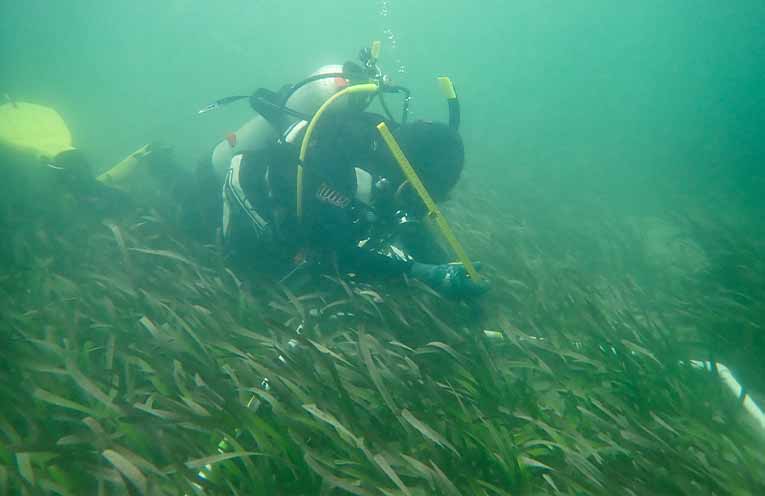A NEW citizen science project led by UNSW Sydney is inviting beachgoers, snorkelers and divers to spot and share photographs of seagrass flowers along Australia’s coasts.
The endangered seagrass Posidonia australis forms rich underwater meadows that capture carbon, support fisheries, and help stabilise shorelines.
It’s one of the most important habitats in coastal ecosystems but many NSW meadows have declined due to historical dredging and pollution, with ongoing pressures from climate change, boating impacts, and coastal development.
Unlike their land-based counterparts that rely on wind or insects, seagrasses like Posidonia release pollen that drifts through the water, carried by currents to fertilise other flowers.
The new citizen-science project, Seeds of the Sea, will build the first statewide picture of Posidonia flowering to identify opportunities for seed collection to support future restoration.
“We still lack basic information on when and where Posidonia meadows flower and set seed in NSW,” said Natalie Coy, PhD candidate at UNSW Sydney and lead for Seeds of the Sea.
“By sharing sightings, the community can help fill that gap.
“Seagrasses like Posidonia usually reproduce by cloning – sending out new shoots from underground roots and rhizomes, just like lawn grasses on land.
“But they can also flower and produce fruits, mixing genetic material between different plants.
“That boost in genetic diversity can help them adapt to changing environments and make them more resilient in the face of climate change.
“With better data on flowering and fruiting, we can scale up work with our partners to rebuild damaged meadows.”
Members of the public can take part by photographing Posidonia flowers, fruits or seeds found on NSW beaches – or any flowers and fruits seen while snorkelling or diving (if safe to do so) – and then uploading the date, location and photos at www.seedsofthesea.org.
In NSW, flowering and fruiting typically occur August–December (sometimes into January), but timing varies among years and locations.



